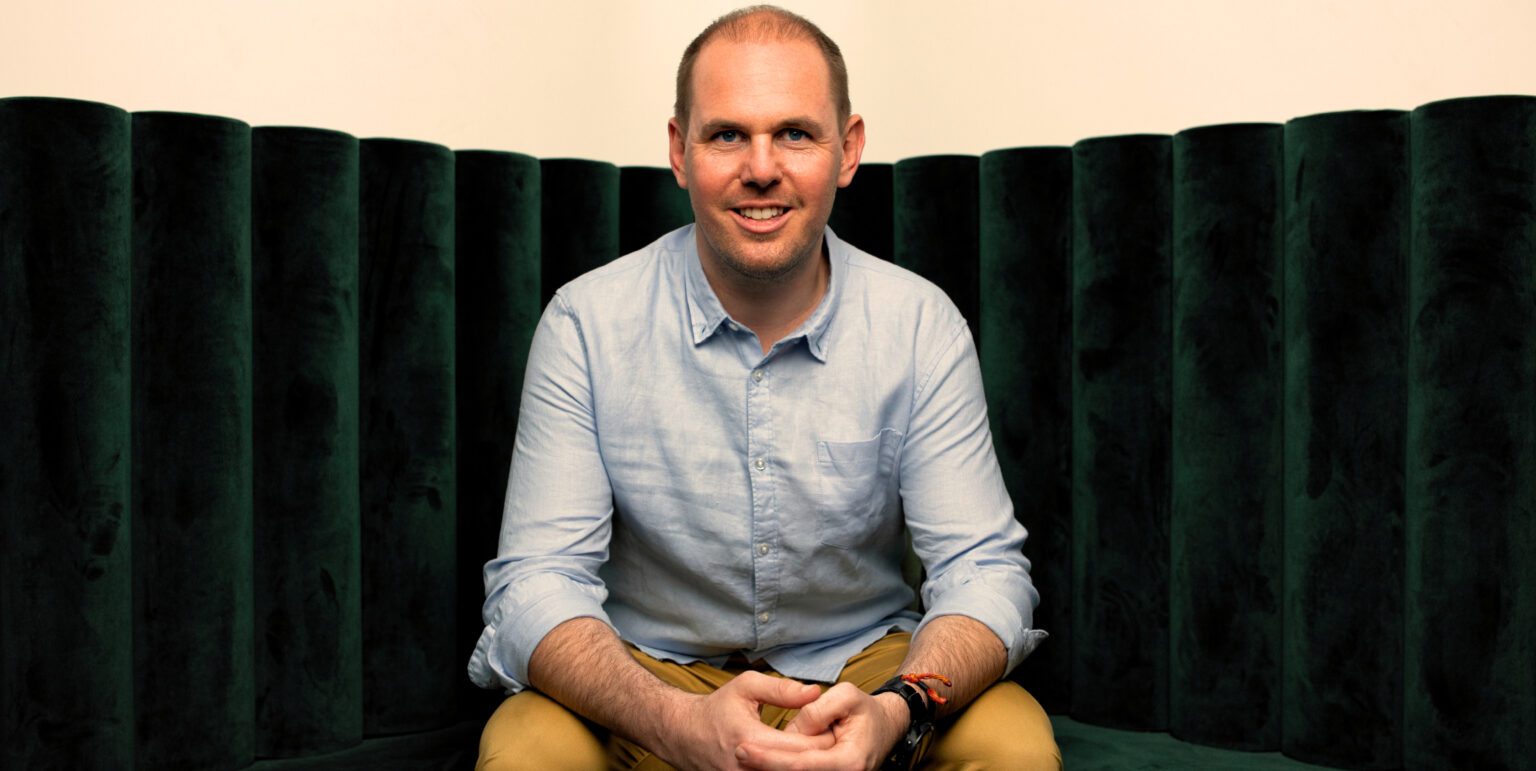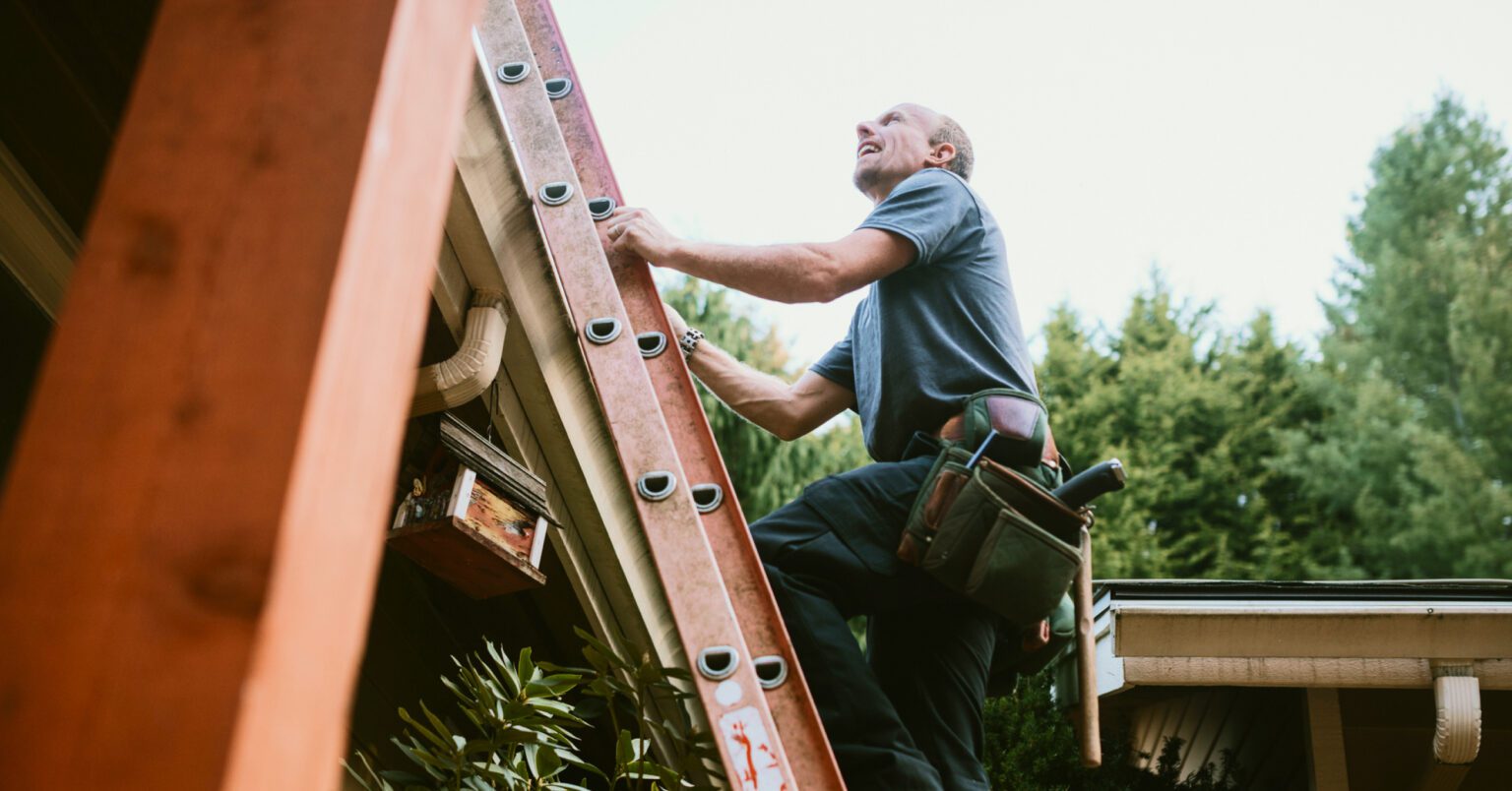This business owner calls arrogance and ego his biggest barriers – the reason that he thought the business was growing, without realising profits were going down. He shares how he turned around a $200K loss.
At a glance
Here’s a snapshot of the advice from our interviewee:
- Know the fundamentals of running a business such as net and gross profit, cost control and product line analysis.
- Lock-in several suppliers to guard against cost increases and redundancies, and provide different price points.
- Avoid double handling by using software that automates workflows and sales processes.
- Find mentors in your industry who can help you plan.
Any small business owner knows that rarely do you get a smooth revenue ride. There’ll be peaks and troughs, and even times of negative cash flow; in fact according to a 2022 report by Accenture and Xero, 92% of Australian small businesses experienced negative cash flow for at least one month in 2021, with the average being just over four months.
But losing revenue does not mean losing hope. It can be a good opportunity to re-evaluate products and processes and make changes.
Tristan Wright has first-hand experience of turning around negative cash flow.
Tristan had started his custom cycling wear business in his early 20s, after experiencing a gap in the market first-hand.
“I was riding with my mates, and we started talking about wearing matching kit together. Me being me, I put my hand up to organise everything for our group,” Tristan says.
“I started researching Australian suppliers and I wasn’t happy with what they offered, so I looked into overseas options. The ordering process was seamless, but when the kit arrived and we started riding, we noticed that the shorts were see-through!
“While it was embarrassing, it helped me see that there was a gap in the market for a high-quality product at a good price with fantastic customer service.”
Freewheeling in a new business
Tristan set up his business and ran it from his kitchen table in the evening after work until it grew large enough for him to leave his other job to focus on it full-time.
“At this point, I hadn’t had any failures in the business. There was a definite need for my products in the cycling landscape, and I was achieving win after win. I felt unstoppable, and so did my ego,” Tristan says.
“My own arrogance meant I didn’t look ahead to any issues that could be on the horizon, so I had no idea that if the Aussie dollar dropped, my profit margin would be wiped out overnight.”
He says he also hadn’t realised the need to lock in costs with suppliers.
“In a perfect storm, these two issues both hit at the same time, and I had no idea how to deal with it,” Tristan explains.
“While my profits were going down, I was under the assumption I was growing as more and more orders were coming in, so I paid for a complete rebrand. Money was flying out the door.”
Tristan believes that his lack of understanding of business fundamentals such as net and gross profit, cost control, and product line analysis resulted in the business losing thousands of dollars.
But he says his biggest challenge was his arrogance and ego.
“Once I realised and could accept that I didn’t know everything, and that I especially didn’t know how to run a proper business, I was able to stop sabotaging the success of my own business,” he says.
“There was no need for me to reinvent the wheel or to try and do everything myself, and for the first time, I reached out for help. There was a big opportunity to learn from other people’s mistakes and failures, and I knew I had to take it.”
Getting back on track
Tristan’s first step was to surround himself with mentors who had already had success in his type of business, and then create an action plan prioritising his biggest gaps.
“At the time of the downturn I didn’t have any processes in place, so we were burning time and money on repeatable tasks. I looked at the top three levers that were costing the business money, and pulled those levers to change it,” he says.
His first lever pulled was his price point.
“My prices were too low and the cost of materials too high, so the first step was to adjust my pricing, and the second step was to engage additional suppliers so I had redundancies in place and different price points,” he says.
“The next step was to do more with less by removing a lot of double handling. This meant automating workflows and sales processes using key pieces of software.”
From being $200,000 in debt, Tristan ended up selling his business for a six-figure profit 18 months later.
Take guidance from leaders
Tristan is a big advocate for learning from others, especially those who are several steps ahead of you in the same industry.
“Equally as important, never take advice from well-meaning friends and family who haven’t been there and done that,” he says.
“Also, make sure you have a plan for what you need to do in the next three months, six months and 12 months to reach your goals. Then, instead of being seduced by the short-term sugar hit of shiny objects, stick to the plan!”
His final piece of advice is to fully understand your customers and the demand for your product.
“Yes, it is important to be passionate about your business, but there has to be a real need for what you’re selling,” he says.
With a Prospa Business Line of Credit, this time tomorrow you could have ongoing access to funds to keep your cash flow on track. Get on with what you love without worrying about the day-to-day finances when you apply for a facility limit up to $150,000 to use and reuse as needed.








